
When planning a factory investment, choosing between an industrial park and an industrial cluster is a strategic decision. However, many investors confuse the two models due to certain similarities in land use objectives and production development. In reality, industrial parks and industrial clusters differ significantly in terms of scale, incentive policies, infrastructure, and target investors.
Today, many businesses face risks due to choosing the wrong location from the beginning resulting in additional renovation costs, permit delays, or incompatibility with future expansion plans. In this article, BIC helps investors clearly understand the differences between industrial parks and industrial clusters, enabling informed decisions that save costs and optimize investment effectiveness.
An industrial park (IP) is a large, state-planned area equipped with modern infrastructure and specialized management systems. IPs are designated for large-scale industrial activities and aim to attract domestic and international investment, particularly from foreign direct investment (FDI) enterprises.
An industrial cluster (IC) is a smaller-scale model planned by local authorities to group together small production facilities, small and medium-sized enterprises (SMEs), traditional craft villages, or household businesses. ICs primarily aim to relocate production out of residential areas, reduce pollution, and promote local economic development.
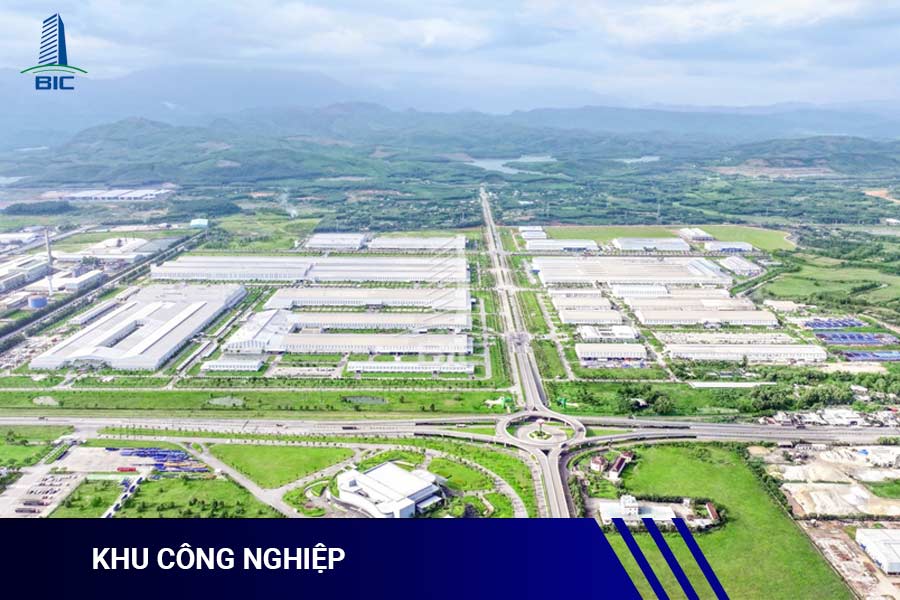
- Industrial Parks: Large-scale, typically starting from 100 hectares or more. They are systematically planned to serve national or key regional industrial development strategies.
- Industrial Clusters: Smaller in scale, ranging from 10 to 75 hectares. They primarily support local production, traditional craft sectors, or groups of small enterprises.
- IPs: Feature synchronized and modern infrastructure such as internal roads, centralized wastewater treatment systems, 3-phase electricity, substations, fire protection systems, telecommunications, drainage systems, and administration centers.
- ICs: Infrastructure quality depends on local funding and developers. Some ICs may lack standard wastewater treatment or fire protection systems.
- IPs: Receive various incentives such as corporate income tax exemptions/reductions, investment procedure support, and long-term land lease terms. Managed by provincial Industrial Park Management Boards.
- ICs: Incentives are usually more limited and dependent on local government decisions. Managed by district-level People's Committees or IC development units.
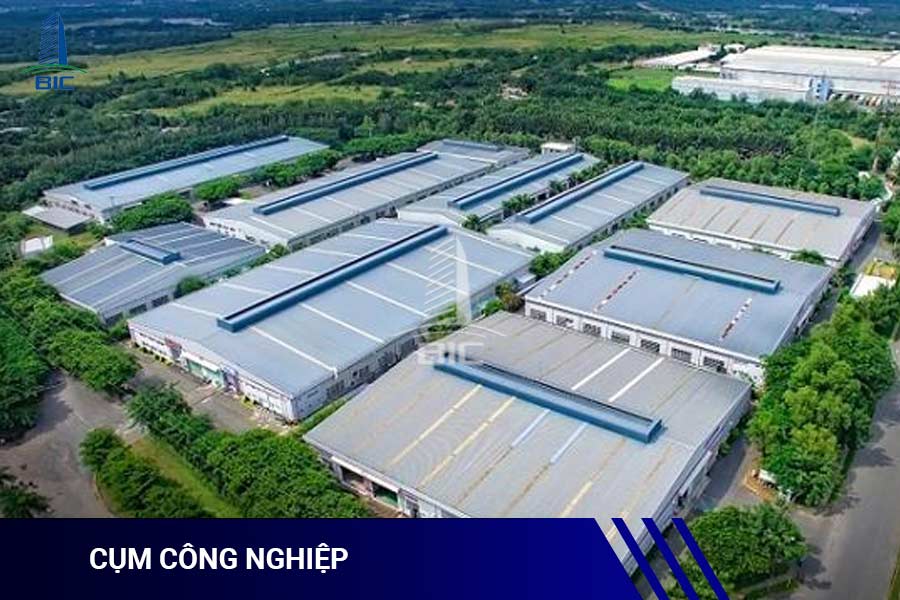
- IPs: Target large-scale manufacturers, high-tech industries, export-oriented businesses, and sectors requiring strict environmental control.
- ICs: Suitable for SMEs, household producers, traditional industries, or businesses with moderate to low emissions and noise levels.
- IPs: Clearly zoned, established by provincial authorities or the Prime Minister, with potential for future expansion.
- ICs: Locally planned and approved, with simpler legal procedures but typically limited in area and expansion potential.
Deciding whether to build in an IP or an IC is not merely a matter of location, it’s a strategic decision that directly affects a business’s scalability, operating costs, market access, and investment incentives. To make the best choice, investors must evaluate their production scale, business sector, infrastructure needs, and development strategy for the next 5–10 years.
Industrial parks are designed to accommodate large factories with modern production lines, requiring vast land areas, integration of multiple workshops and functional buildings. If your business plans to expand, export, or collaborate with international partners, an IP is practically a must.
IPs provide fully integrated infrastructure: high-capacity 3-phase electricity, centralized wastewater treatment, container truck compatible internal roads, automated fire safety systems, telecoms, and management centers. This ensures uninterrupted production and reduces risks from infrastructure shortages. In addition, construction permits and environmental licenses are typically handled through the park’s management board, streamlining legal processes.
IPs are often located in national investment incentive zones. Businesses can benefit from corporate income tax reductions/exemptions, land rental discounts, and support in credit, customs, and export procedures. These financial advantages are crucial in the early stages of capital deployment.
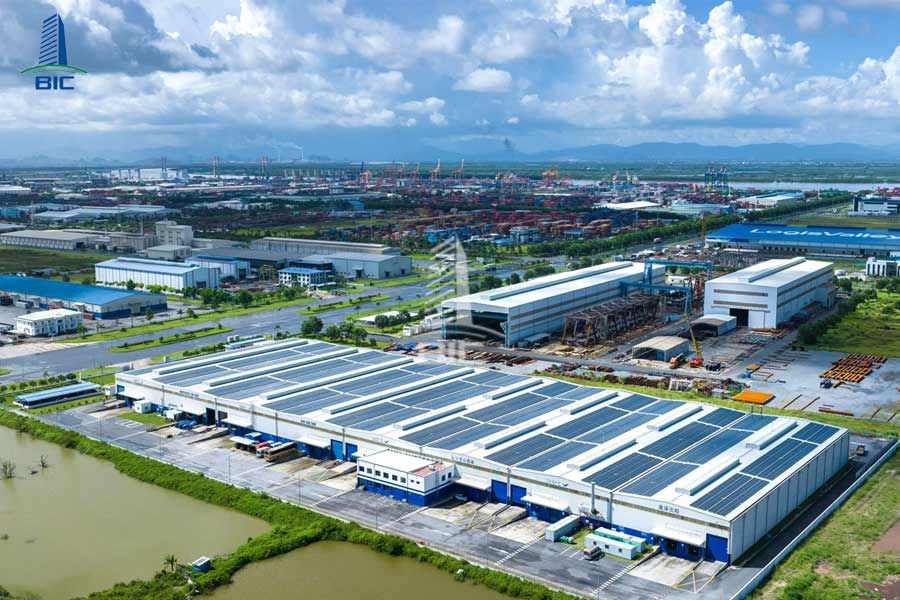
ICs are developed to accommodate small manufacturers, family-run businesses, or startups that do not require large land plots. This option helps save on land lease and upfront investment costs.
If your business is in a conventional sector such as garment, light engineering, furniture, or basic food processing the infrastructure in most ICs will suffice. You avoid paying for infrastructure you don’t need (e.g., high-voltage power, toxic wastewater systems, or complex production lines).
Land leases in ICs are significantly cheaper than in IPs. ICs are often located near residential areas or local centers, making it easier to recruit labor and distribute products to domestic markets. This helps reduce transportation and labor costs while improving access to target customers.
There’s no absolute right or wrong in choosing between IPs and ICs, it depends on your specific business strategy. IPs are ideal for businesses aiming for sustainable growth and international integration. Conversely, ICs are excellent for testing small-scale production models, optimizing costs, and tapping into local markets.
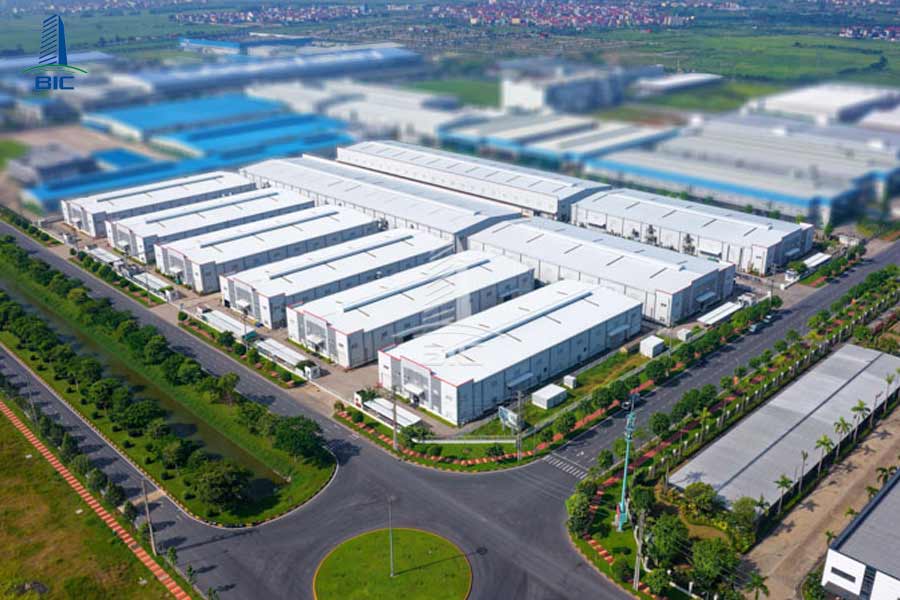
Choosing between an IP and an IC affects not just land lease costs and incentives, but also determines your factory’s design solution and technical standards. Each model has distinct requirements that investors must understand from the project planning phase.
In IPs, factory design standards especially for technical and legal aspects are stricter, particularly for environmentally sensitive or large-scale industries. Investors should:
- Fully comply with fire protection (PCCC) standards per project classification.
- Integrate factory systems with shared infrastructure (e.g., power stations, drainage, centralized wastewater treatment).
- For industries like food, pharmaceuticals, or medical devices, factories must meet GMP, ISO 9001, and ISO 22000 standards during the architectural and MEP design phases.
In ICs, due to smaller scale and limited infrastructure, factory design solutions should:
- Optimize usable space for small land plots.
- Design localized or simplified wastewater treatment systems to avoid large investments.
- Comply with local environmental regulations, especially for industries generating emissions, dust, or noise.
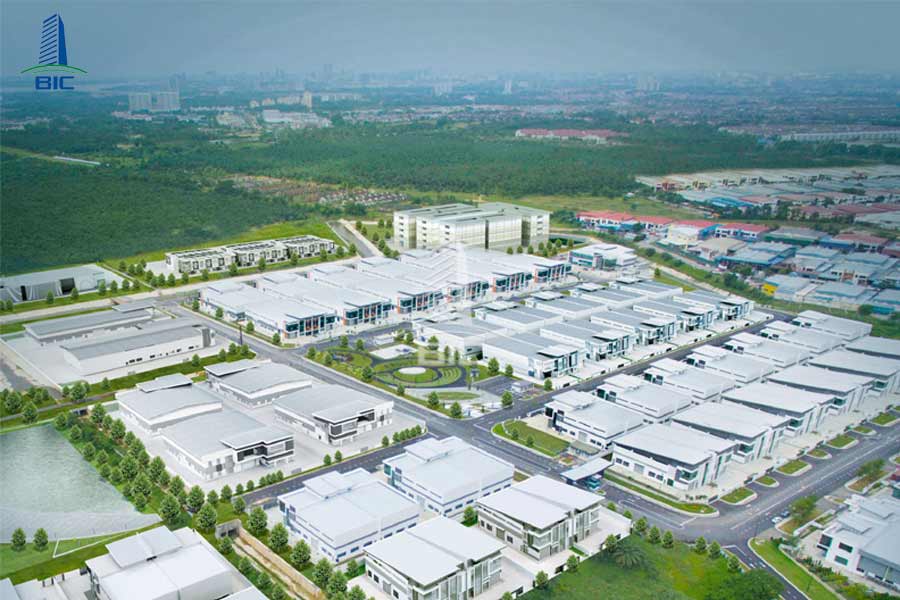
Many companies have incurred major renovation costs or faced permit delays simply because they chose the wrong design model from the start. Based on our experience with hundreds of factory projects nationwide, BIC recommends:
Working with a professional design consultancy from the beginning helps investors:
- Accurately analyze sector-specific and location-specific requirements.
- Choose the right design model for an IP or IC.
- Proactively manage legal, environmental, and cost-related matters.
- Avoid wasteful redesigns and production delays.
Industrial parks and industrial clusters serve different purposes, each suitable for a specific type of business. Choosing the right model from the outset helps investors save costs, shorten legal processing time, and ensure operational efficiency. Contact BIC today for professional, optimized building design solutions tailored to your project’s location whether it’s an industrial park or cluster.